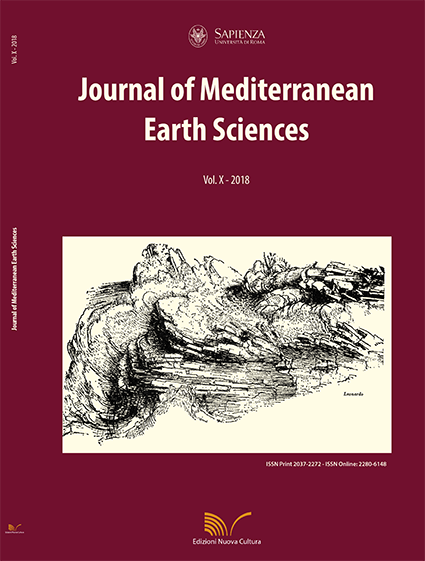Serpentinite-derived soils in southern Italy: potential for hazardous exposure
DOI:
https://doi.org/10.3304/JMES.2018.015Keywords:
Naturally Occurring Asbestos (NOA), serpentinite-derived soil, Mineralogical characterization, southern ItalyAbstract
The aim of the present study was to investigate twelve serpentinite rocks and twelve related derivative soil samples developed within San Severino Lucano village (Basilicata region, southern Italy), in order to understand their possible contribution to the health problems caused by asbestos exposure. Agricultural soil samples as well as serpentinite rocks from which soils derive have been collected at the urban centre and characterized by using different analytical techniques such as Optical microscopy, XRF, XRPD and SEM. Results pointed out as all of the collected soil samples contain asbestos minerals (e.g., chrysotile asbestos, tremolite-actinolite) clay minerals, plagioclase and oxides in various amounts. In our opinion, since the dispersion of fibres could be associated with carcinogenic lung cancer, in areas where NOA can be found, the institutions should publish local maps indicating areas with mineralogical concern and take precautions to avoid hazardous exposure of population.
The concentration levels of four toxic elements (Cr, Co, Ni, V) in almost all the serpentinite rocks and their derivative soils developed within San Severino Lucano village exceeds the regulatory thresholds for public, private and residential green use.
Downloads
Published
How to Cite
Issue
Section
License
The submission has not been previously published, nor is it before another journal for consideration (or an explanation has been provided in Comments to the Editor).


